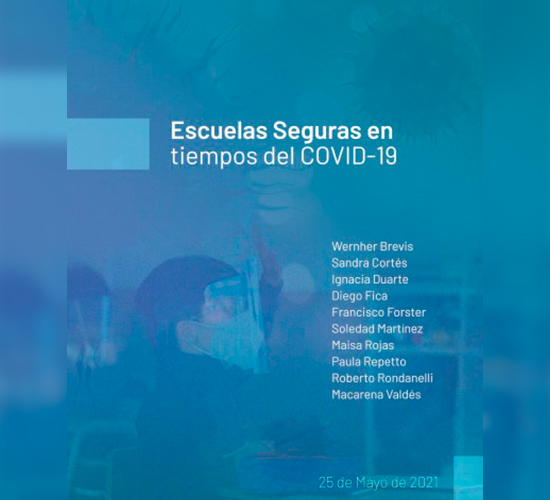Safe Schools in times of COVID-19

International evidence suggests that the main route of transmission of COVID-19 occurs through the air and through small particles (aerosols) they can float for hours and produce contagions, even when you are more than two meters away from other people. A lot of cases of super-spread (in which an infected person is able to infect many others in the absence of physical contact) have been described in the literature, what happens, usually in enclosed enclosures, with little or no ventilation and in the presence of many people (Choirs, buses, meeting rooms, etc.). Lo anterior permite prever que las escuelas podrían ser lugares particularmente vulnerables, especially since there are no mitigation measures specific to this mode of contagion such as the correct use of masks, ventilation, and possible air filtration. En este documento damos a conocer la actual evidencia científica sobre esta forma de contagio y proponemos recomendaciones complementarias a las entregadas por la autoridad con el objetivo de minimizar el riesgo de contagio en escuelas, opting mainly for outdoor activities, continuous ventilation, cross and distributed, as well as CO2 measurement.
